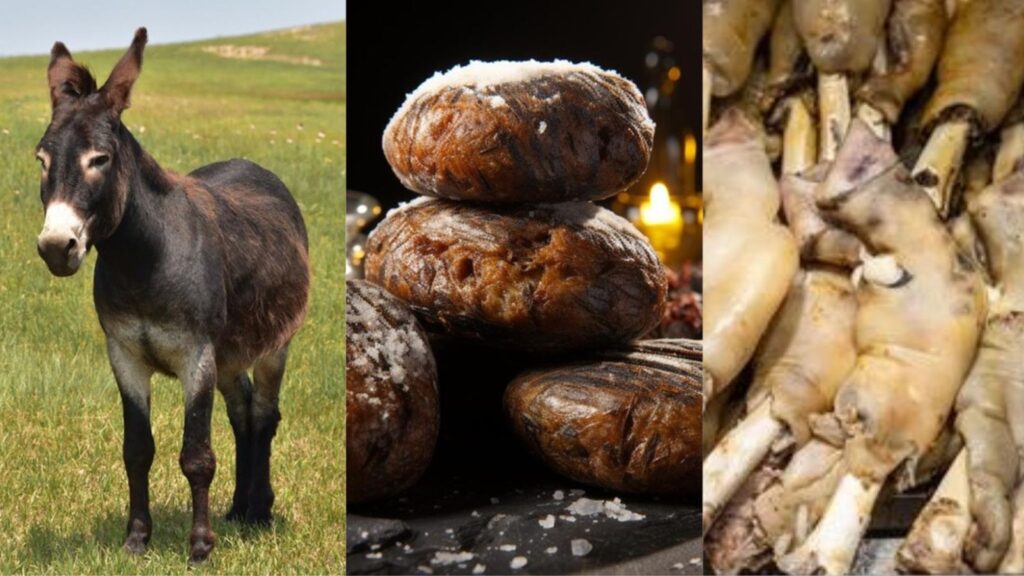The Victorian era only lasted from 1837 to 1901, but it is still considered an important period in history, as during these 63 years, the world experienced several drastic changes.
While there are several incredibly interesting aspects of the Victorian age, one of the most fascinating is the food that they ate, most of which is now considered exceptionally strange.
Understanding the Victorian Era
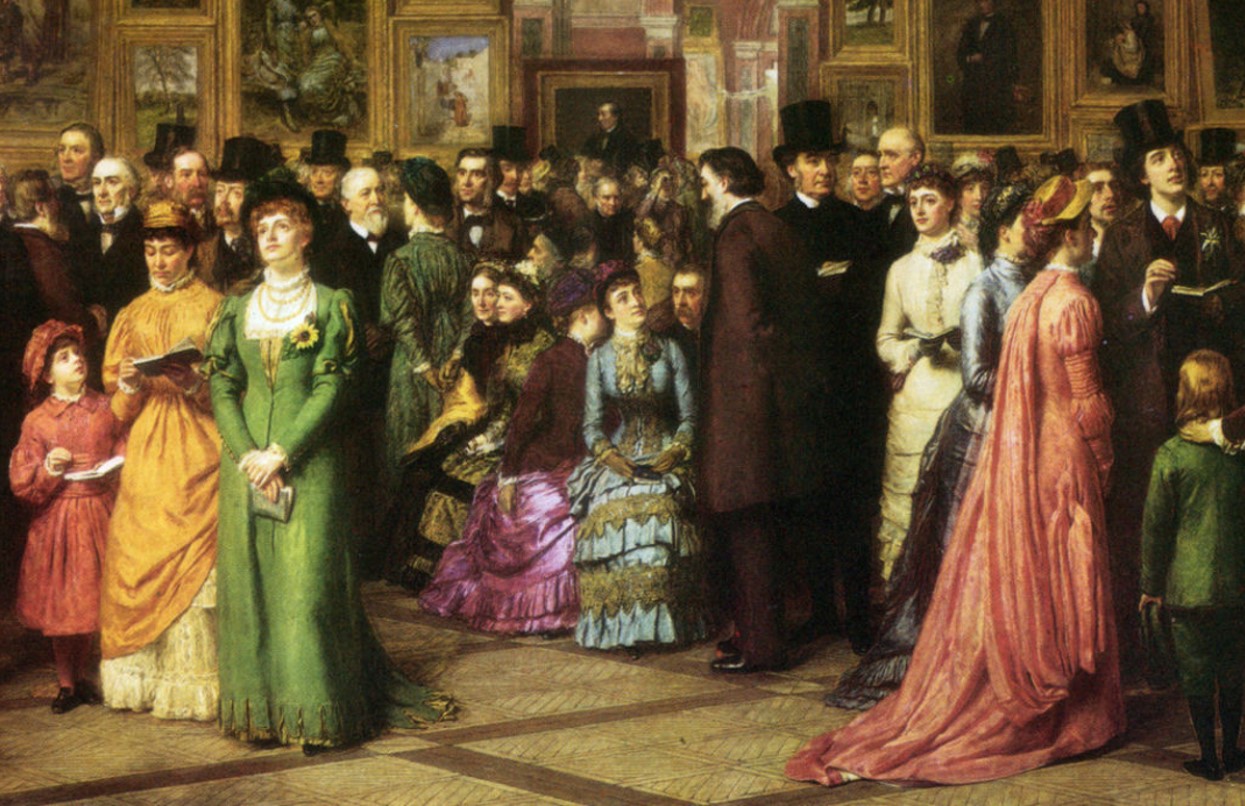
The Victorian period is known as a time of extreme class divide, the expansion of the British Empire, and a new appreciation for fashion.
But what’s especially interesting to many academics, anthropologists, and gastronomes alike is the wildly different foods that were consumed during those 63 years.
Congealed Eels Were a Beloved Favorite

When walking down the street in East London in the late 1800s, one would likely pass several food stalls selling jellied eels. The eels from the local river were boiled with herbs before being left to cool and congeal.
Although eels are still popular today in Asian diets, they’re usually grilled or eaten raw instead of as a jelly, and they are far less common in the West.
Bone Marrow on Toast
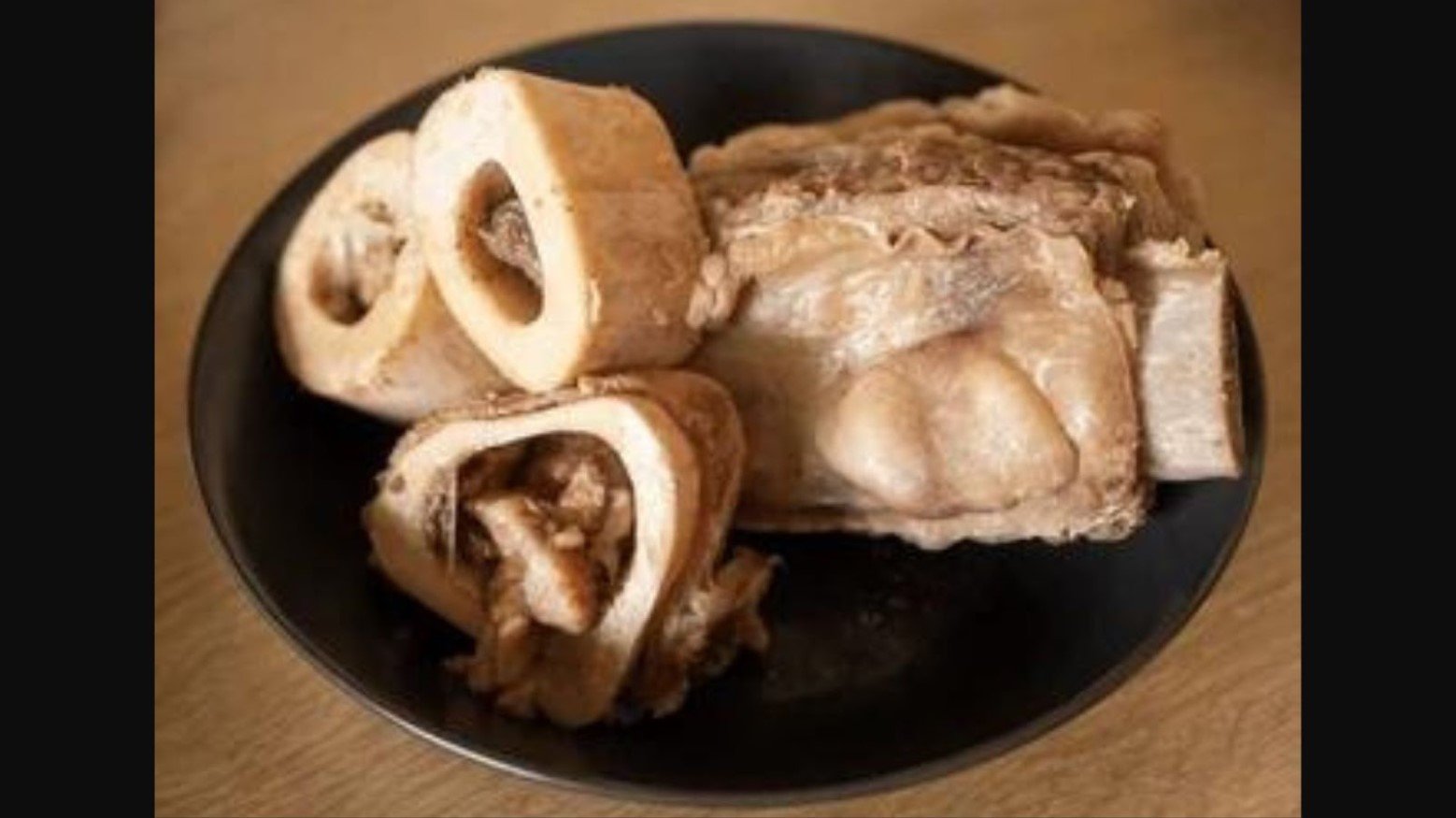
Today, beans on toast is a staple for any British household, but in the Victorian era, they preferred bone marrow on toast.
To prepare this delicacy, Victorians would cut the marrow out of bones, parboil them in salt water for less than a minute, then toss them with parsley, lemon, and maybe some shallots before spreading it all on toast. Which, according to Charles Francatelli’s “The Cook’s Guide and Housekeeper’s & Butler’s Assistant,” is exactly how Queen Victoria herself liked it prepared.
For Those in Need, Broxy Was Always an Option
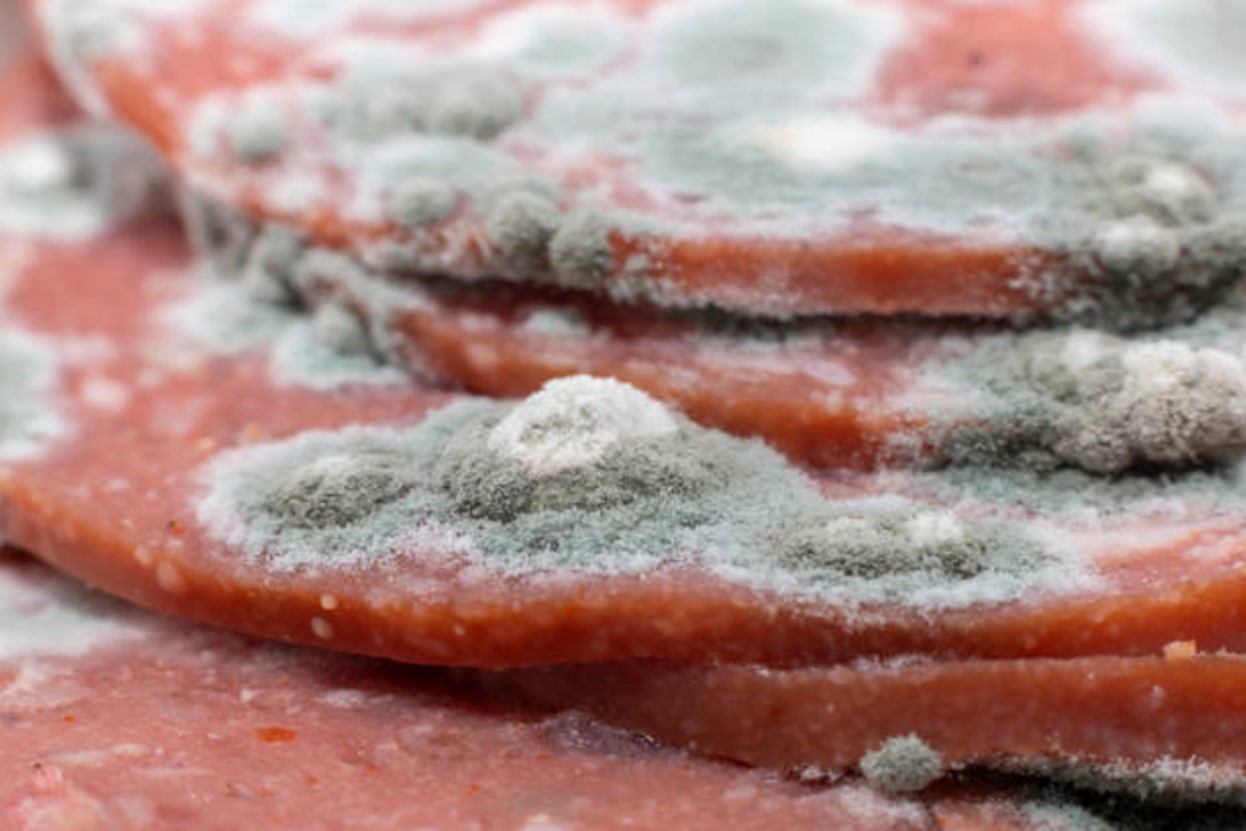
Although Britain, on the whole, was thriving during the Victorian epoch, many of its citizens were struggling to put food on the table.
So, for the lower classes, butchers would offer meat called broxy, which came from animals that had died from disease, at an extreme discount. Of course, this meat was almost certainly full of diseases and made people sick, but sometimes, there were no other options.
‘Like Eating Gravy with a Spoon’
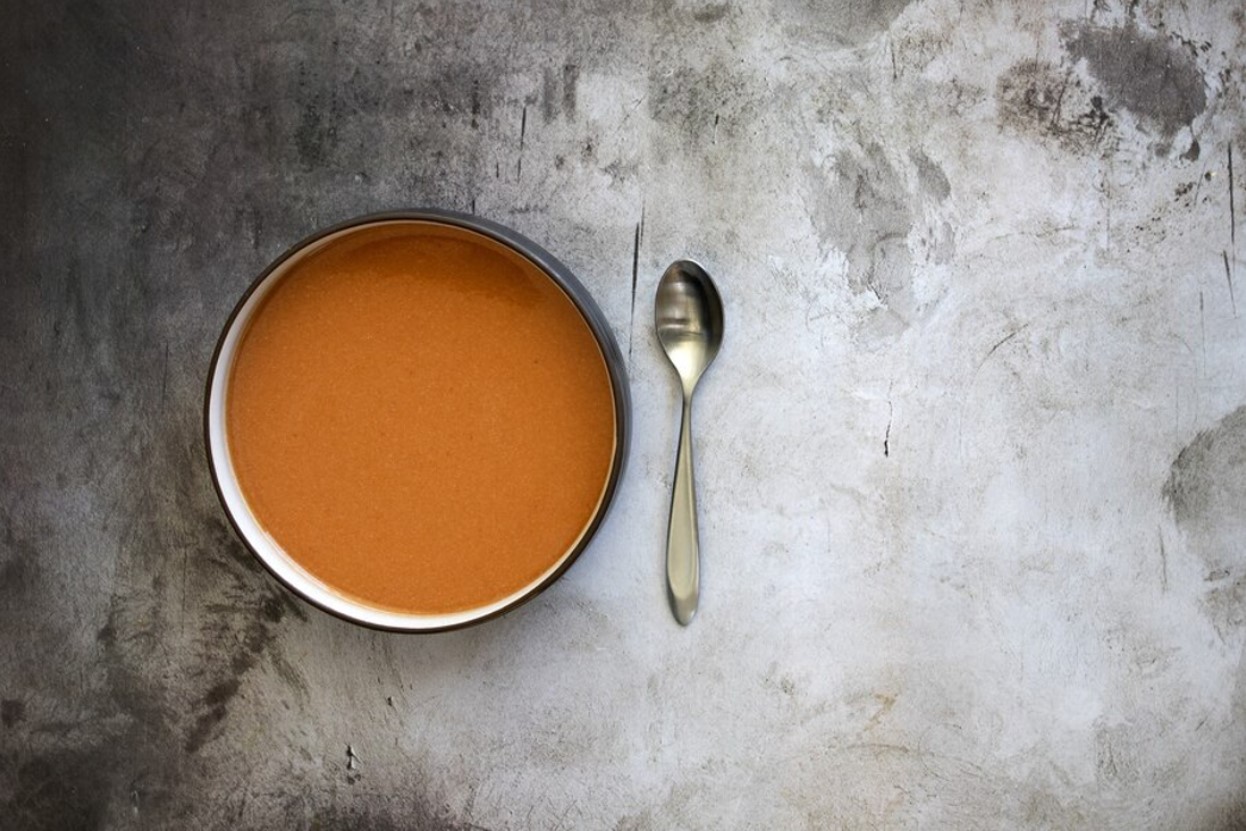
Another popular dish for Victorians was known as Brown Windsor Soup, which was really more like gravy than anything else.
Historians have noted that the upper and lower classes alike would enjoy a steaming bowl of beef gravy with malt vinegar and, sometimes, dried fruits or a splash of wine on a cold winter’s day.
Seafood ‘Water’ Was Quite Common
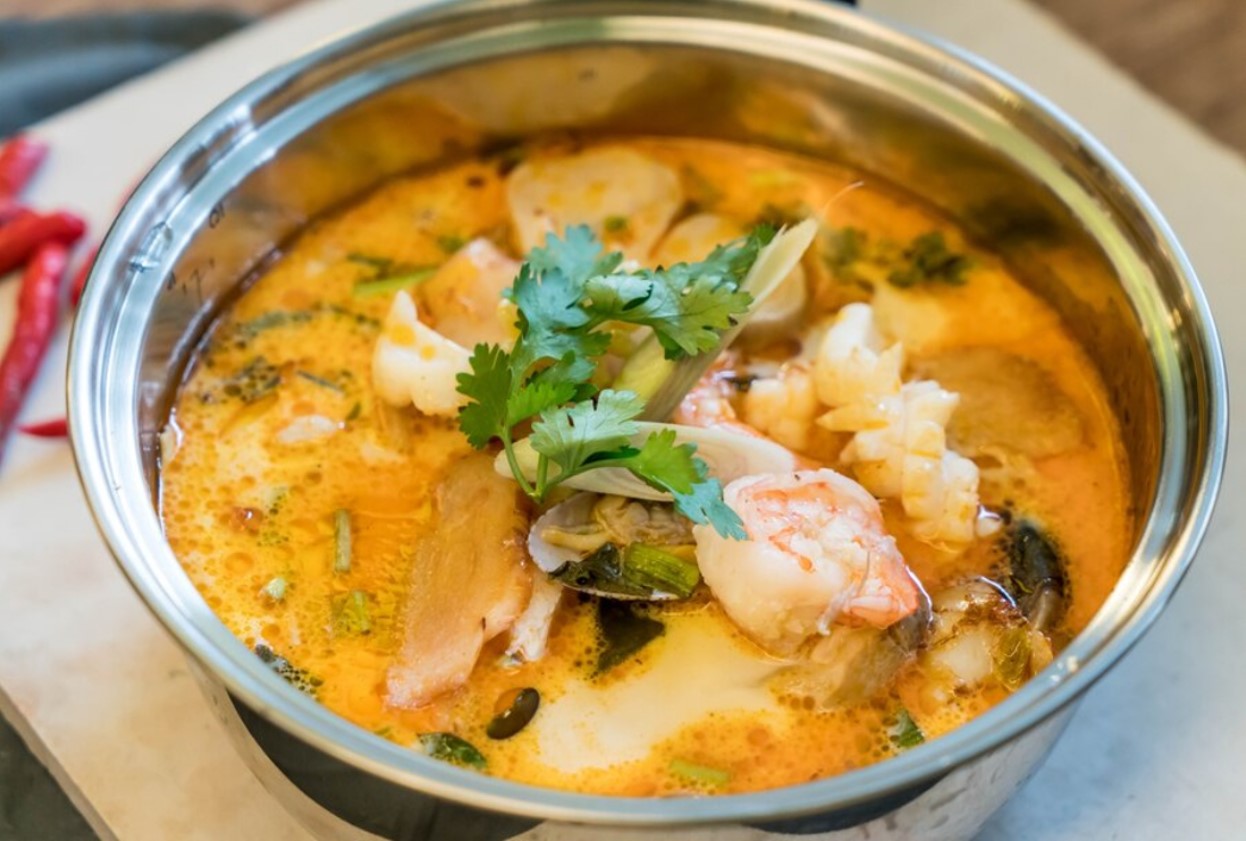
If Brown Windsor Soup wasn’t on the menu, there was likely a dish called “Water Slouchy” instead. Water Slouchy was essentially seafood water, and although it may sound like a hearty seafood stew enjoyed today, it likely tastes very different.
With just a few bits of fish, random herbs, and a pot of water, this not-so-flavorful dish was more popular among the working class than the elite.
A Heron for Special Occasions

According to the publication “British Food: A History,” “the gray heron and its meat was regarded very highly, only fit to serve at the top tables of a banquet.”
While some reports say the heron meat was cooked similar to how modern people prepare chicken, other texts note that Victorians used heron to make a rich boiled pudding instead.
What’s More Delicious Than Feet?
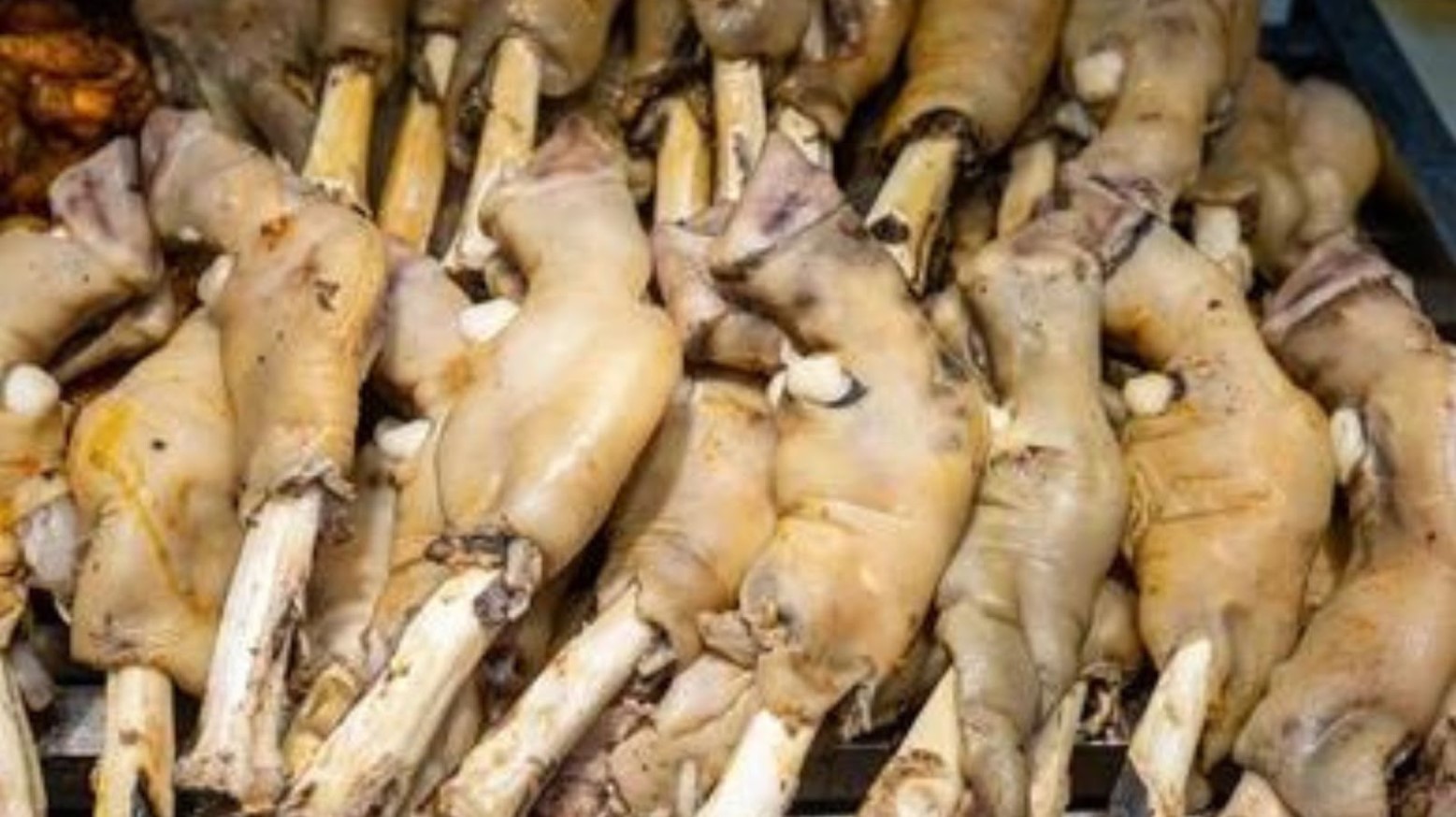
Today, some cultures still enjoy a frog’s legs or chicken feet, sheep’s feet are mostly a thing of the past. But in Victorian times, they were considered quite a normal dish.
Because the sheep’s feet, or trotters as they were called, were cheaper than the meat, street vendors would sell in boiled or fried to the lower classes.
Instead of Almond Milk, the Victorians Drank Donkey Milk
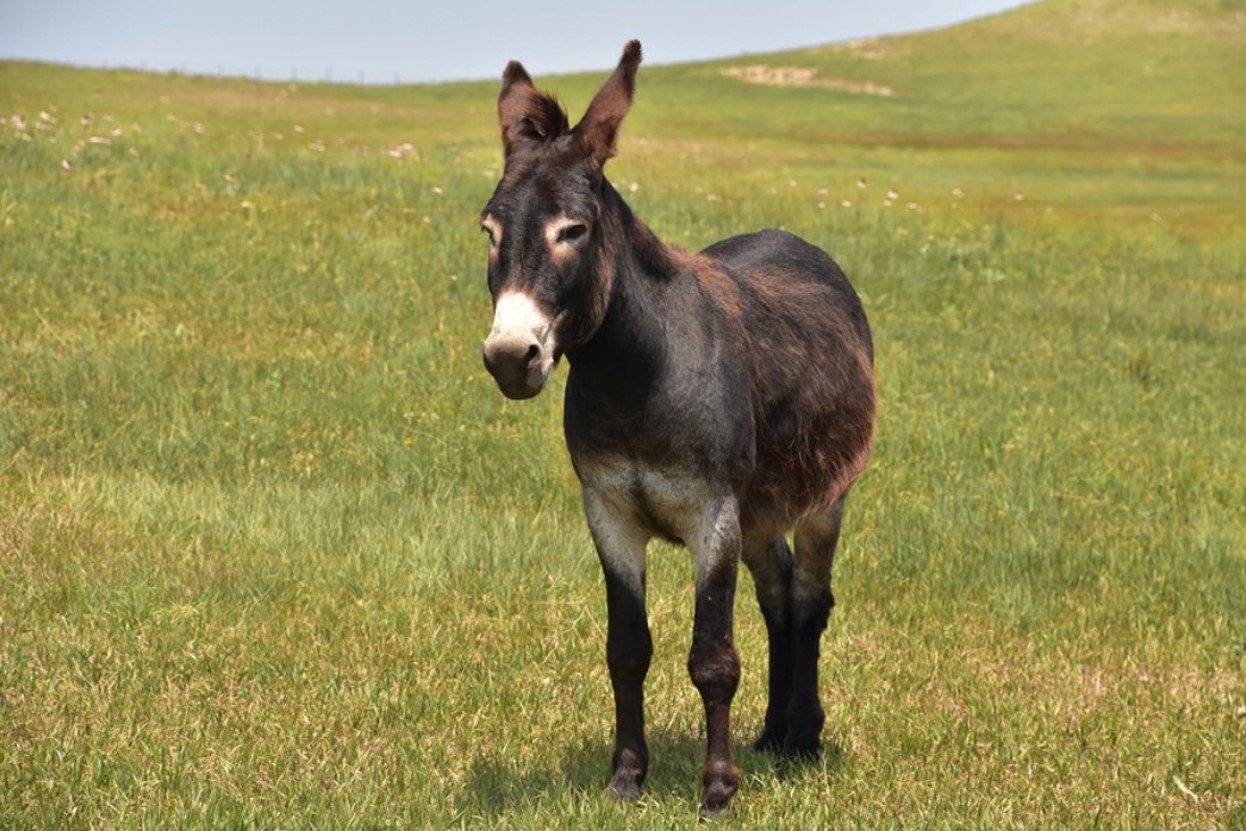
Step into a coffee shop today, and the barista will probably offer more than half a dozen kinds of milk, but they definitely won’t have donkey milk in the fridge.
But back in the 1800s and early 1900s, donkey milk was extremely common, especially among women as there were rumors circulating that milk from a donkey would make them look younger. In fact, there is now some science that proves donkey milk is good for the skin (via Healthline).
Haggis Has Stood the Test of Time

Haggis is the only menu item from the Victorian era that has stood the test of time. Over 150 years ago, haggis was made with the hearts, lungs, and livers of sheep or cows, just as it is today.
For those who want to try this unique sausage-like dish, they can still find traditional haggis just as it was in the Victorian period in the kitchens of Scotland.
The Final and Weirdest Thing Victorians Used to Eat
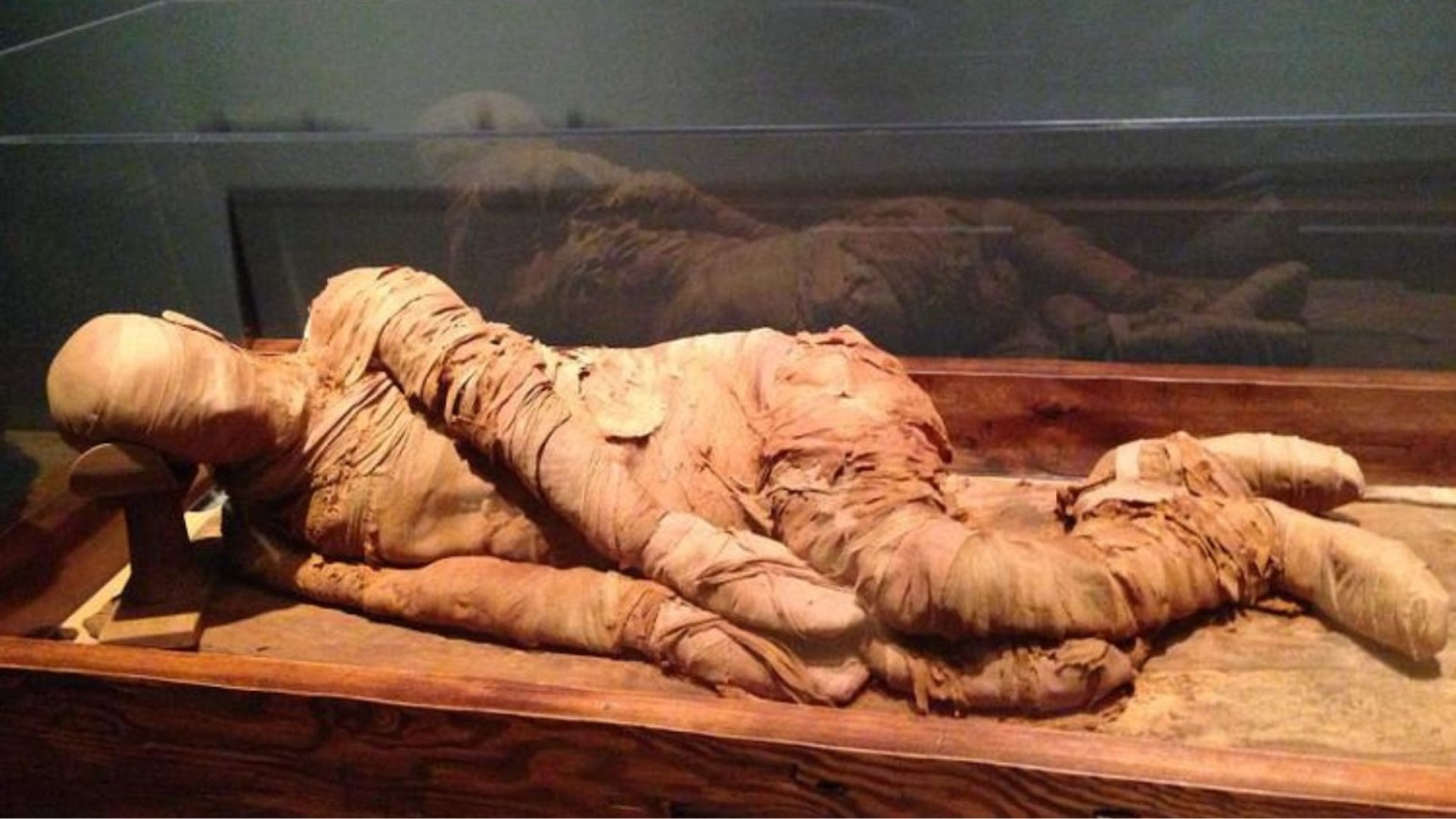
Last but certainly not least, Victorians actually ate human flesh that had been mummified by the Egyptians.
According to several texts from the time, the Victorian elite used human flesh and blood to cure ailments more so than as a delicacy (via Smithsonian Magazine). But it’s still weird to think that only 150 years ago, people weren’t nearly as opposed to eating mummies as people are now.


